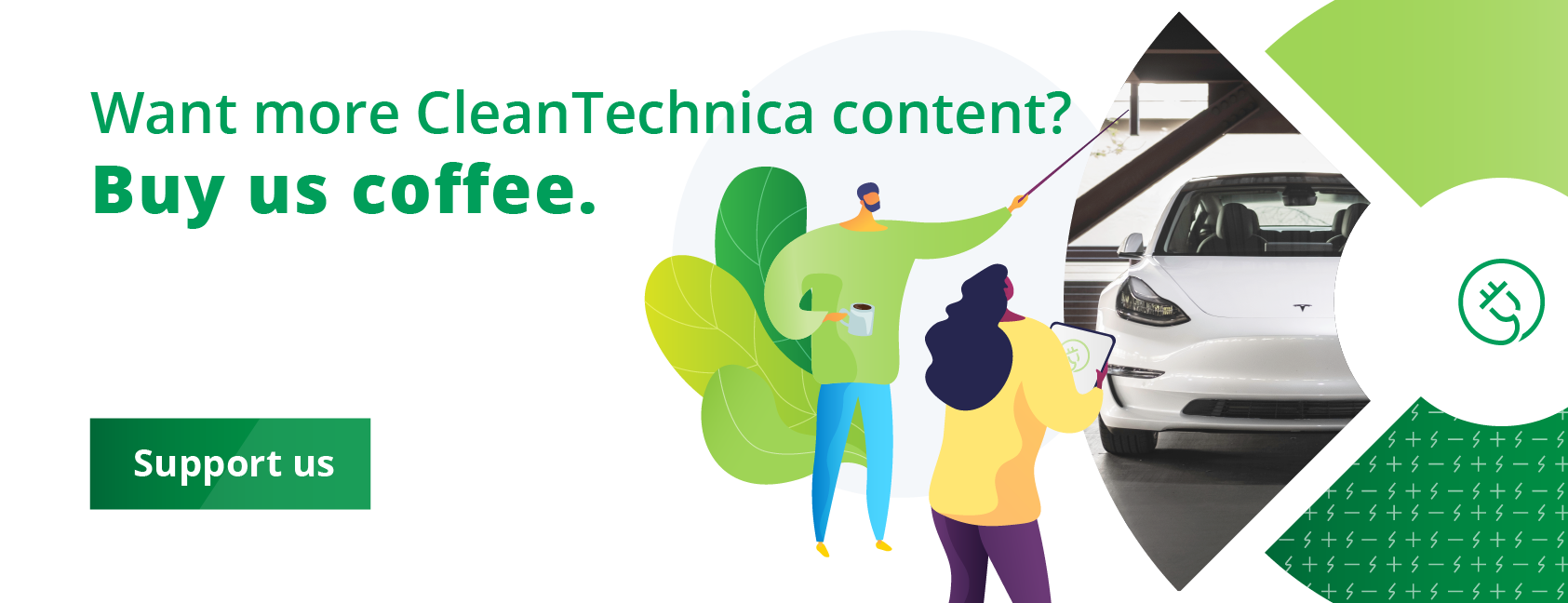
A recent announcement from Mercedes-Benz reveals that it is going to start rolling out its own EV charging network. Let’s first take a look at the announcement and then talk a bit about why it is doing this.
Mercedes-Benz Charging Hubs
Mercedes-Benz will launch its first high-power charging stations this fall, as part of its extensive plans to expand the global charging infrastructure. The inaugural Mercedes-Benz Charging Hubs will be operational in Atlanta (USA), Chengdu (China), and Mannheim (Germany) starting in October. By the end of 2024, Mercedes-Benz aims to expand its global charging network to over 2,000 high-power charging points. The long-term objective is to establish more than 2,000 Charging Hubs with over 10,000 charging points by the end of the decade.
Mercedes-Benz aims to start a cutting-edge charging network with a stated goal of setting new standards for fast, convenient, and sustainable charging of electric vehicles worldwide. The charging stations, available in various regions, will offer an impressive charging rate of up to 400 kW, supporting standard charging systems like CCS1, CCS2, NACS, and GB/T, so they’re going to be ready to serve everybody. Intelligent charging management ensures each vehicle charges at its maximum power, minimizing the overall charging time for customers.
The charging stations will be located in high traffic areas and/or select Mercedes-Benz dealerships, and will offer other nearby amenities, such as refreshments, snacks, and restroom facilities. To ensure safety, there are plans to equip the charging stations with surveillance cameras. At selected locations, intelligent light poles will not only provide appropriate lighting but will also have functional LED elements that will provide information on the availability of the charging point and the charging status of the vehicle. Canopies at selected Charging Hubs will offer protection against weather.
The charging network will be open to drivers of all brands. Mercedes-Benz customers will enjoy special benefits, such as the ability to reserve a charging point via the Mercedes-Benz me Charge service to reduce waiting times. The Mercedes-Benz charging network will be seamlessly integrated and will complement the more than 1.3 million charging points to which users already have access worldwide.
With the help of Mercedes-Benz’s Navigation with Electric Intelligence, the charging stations will be integrated directly into route planning to show the best way to charge. To make the charging experience even more convenient, the charging stations will offer additional convenience features, such as Plug & Charge. This service will enable Mercedes-Benz customers to automate the charging and payment process as soon as the charging cable is plugged in.
“We firmly believe that electric mobility is the key to a sustainable, zero-emission future,” said Franz Reiner, CEO Mercedes-Benz Mobility AG. “Our goal is to create an infrastructure that offers electric vehicles reliable and easy charging options. In this way, we are actively supporting the transformation to electric mobility With the Mercedes-Benz High-Power Charging Network, we are expanding global charging options and setting new standards in electric vehicle charging. We want to encourage our customers to switch to zero-emission vehicles and thus make a positive contribution to protecting our environment.”
In addition to offering a safe, dry, well-lit, and comfortable experience, the company also plans to power the charging stations with renewable energy. In some cases, a portion of the power will come directly from a solar canopy over the site itself, but in all cases, they’ll purchase renewable power from the local utility.
Mercedes-Benz says this is just one component in its pursuit of an “electric only” future, furthering its commitment to a forward-thinking charging infrastructure through global investments. Other investments include the European fast charging network, IONITY, as well as a recently announced joint venture with six other OEMs to bolster the North American charging infrastructure. The Mercedes-Benz High-Power Charging Network serves as a pivotal component in the company’s comprehensive electrification strategy.

Why Is Mercedes Doing This?
A year ago, this kind of a charging network would have seemed unthinkable, but the charging landscape has changed, and everybody else is doing something like this.
Perhaps the biggest news of 2023 for EV charging was that other companies are going to be switching to Tesla’s NACS charging connector, and struck deals for their vehicles to be able to charge at Supercharger stations. Since then, automotive journalists like John Voelker have been digging to see what all was behind this.
If you interview more than a dozen sources, and they all want to talk at length (and vent), but NONE them will go on the record … you know there’s a story there.
First of 4 parts of a deep-dive update on #EV charging right now. My thanks to @ChargedEVs.https://t.co/sxxJOZzfeU
— John ‘legacy blue check’ Voelcker (@johnvoelcker) August 28, 2023
Like John, I’ve met a lot of “I can’t talk on the record about that” both inside and outside of Electrify America. But, the information that does trickle anonymously out of the industry indicates that the company’s declining reliability has changed its thinking.
Instead of deciding to rely on VW, other CCS charging funded by the Dieselgate settlement, and future NEVI (Infrastructure Bill) stations, manufacturers figured out that they’d have to play a role in EV charging if they wanted it done right. Some of that role will come in the form of partnerships with Tesla, partnerships with other charging providers (like the GM/EVgo/Pilot/Flying J Deal), and even multi-manufacturer charging collaborations like the one with a working title of “We Charge North America.”
So, the old thinking, where manufacturers build cars and somebody else worries about providing the fuel, isn’t going to hold going into the EV transition.
Sure, independent charging providers like ChargePoint and EVgo will continue to be a big part of the picture going forward. These charging companies definitely need to clean up their act more going forward, and we’ve seen that they’re taking this seriously. But, they’re going to be working in a landscape that includes manufacturer charging, collaborations with governments, collaborations with businesses, collaborations with the same manufacturers that they compete with on charging, and many other novel arrangements.
What will probably emerge in the end is something that doesn’t look that much like today’s ICE cars and gas stations world. The nature of EV charging is different enough that companies are going to have to spitball different arrangements around and see what sticks. Seeing what approaches win out and which don’t is going to be a very interesting part of my job!
Featured image provided by Mercedes-Benz.
I don’t like paywalls. You don’t like paywalls. Who likes paywalls? Here at CleanTechnica, we implemented a limited paywall for a while, but it always felt wrong — and it was always tough to decide what we should put behind there. In theory, your most exclusive and best content goes behind a paywall. But then fewer people read it! We just don’t like paywalls, and so we’ve decided to ditch ours. Unfortunately, the media business is still a tough, cut-throat business with tiny margins. It’s a never-ending Olympic challenge to stay above water or even perhaps — gasp — grow. So …




